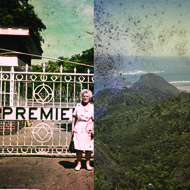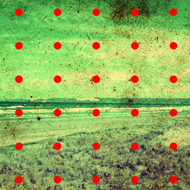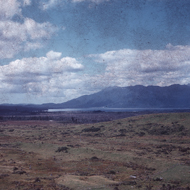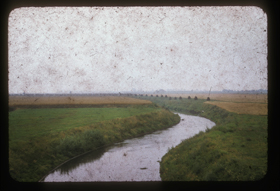stephen rood
Projects
Mechanical Landscapes
In this work, a portrait of New Zealand Identity and how it may be generated through the use of found imagery is explored. It asks, what could be a relevant form of the photographic portrait in the context of digital media? Themes such as Land, Water, Immigration and so on are bundled together to create an unstable experience told through combinations of seemingly unrelated imagery and their erratic screen behaviour.
Juxtapositions are created to propose questions of meaning and relevance and invite the viewer question on how their concepts of identity are generated, stored and portrayed. This form of portrayal embraces an impossibility of any fixed meaning or profound comment on New Zealand identity and invites the viewer to encounter it as an experience in itself.



